The Locus Index, Galactic Central, and other Fantasy Resources
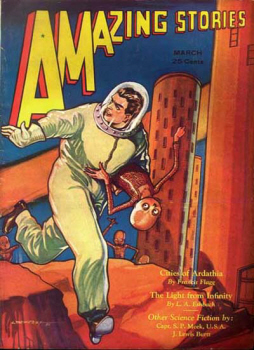 Newcomers to fantasy collecting may be unaware of the scope of pertinent and very useful information on the web, and particulary the resources assembled by members of the Yahoo Fictionmags Group. The terms “Big List,” “FMI,” “Galactic Central,” “Locus Index” and many others crop up without necessarily being understood. Fictionmags includes the authors of some of the most seminal and definitive reference works on magazine Science Fiction, Fantasy, and General Fiction. Not only is this material substantial and providing of answers to many questions, but it is also FREE to anyone conversant in accessing the internet.
Newcomers to fantasy collecting may be unaware of the scope of pertinent and very useful information on the web, and particulary the resources assembled by members of the Yahoo Fictionmags Group. The terms “Big List,” “FMI,” “Galactic Central,” “Locus Index” and many others crop up without necessarily being understood. Fictionmags includes the authors of some of the most seminal and definitive reference works on magazine Science Fiction, Fantasy, and General Fiction. Not only is this material substantial and providing of answers to many questions, but it is also FREE to anyone conversant in accessing the internet.
The major portal to this trove is www.philsp.com, the website of Fictionmags’ Phil Stephensen-Payne. This place is rather like a fantasy collector’s version of the Smithsonian. Just about everywhere you turn, there is something of interest. The site opens directly onto Phil SP’s “Galactic Central.” If you’ve ever wondered what a full run of Amazing Stories, Astounding/Analog, New Worlds or most any other SF prozine looks like, this is where you get to scroll through pages of color cover images arranged chronologically as illustrated checklists (including, for example, an up-to-date Black Gate checklist).
There are tens of thousands of these images from SF/F/H, Western, Crime, Adventure, Romance and general fiction titles. I’ve contributed images to this project from my own collection as have many others, and Phil has also gathered the content from many sources on the internet as well. There is also an accounting (The Big List) provided of all of the magazine titles pictured in Galactic Central showing where else they are more fully indexed. Huge as it is, this project is still not done, and Phil will probably have to come back in another lifetime to complete it.
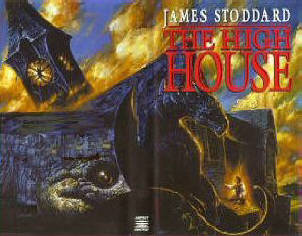 In 1998, American writer James Stoddard published his debut novel, The High House, and two years later followed it with a sequel, The False House. They’re two of the more remarkable fantasies I know.
In 1998, American writer James Stoddard published his debut novel, The High House, and two years later followed it with a sequel, The False House. They’re two of the more remarkable fantasies I know. 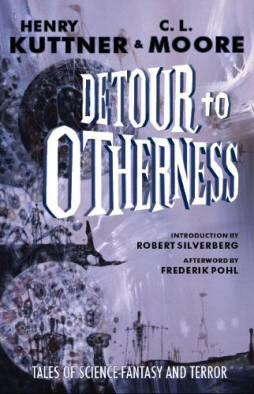 Yesterday’s deliveries here at the Black Gate rooftop headquarters yielded — among the usual bills, magazines, and spare parts for the plutonium-powered signal beacon — a review copy of Detour to Otherness, by Henry Kuttner & C.L. Moore.
Yesterday’s deliveries here at the Black Gate rooftop headquarters yielded — among the usual bills, magazines, and spare parts for the plutonium-powered signal beacon — a review copy of Detour to Otherness, by Henry Kuttner & C.L. Moore.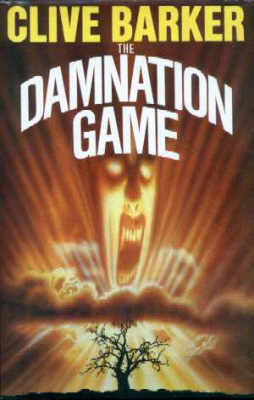 Collector prices are not always rational, as I think most collectors know. They can be fueled by hysteria. As many collectors have noticed, Clive Barker futures are very soft these days. Only the first British hardcovers of the Books of Blood and the British first of The Damnation Game have retained their value. There was a time, within a year or so of publication, when the advance galley of the American edition of Weaveworld could easily bring a hundred dollars. The last time I sold one, I bought it for $1.00 and got $10.00; but that was years ago. Nowadays you would be lucky to get five dollars for a copy. American firsts of Barker, or even galleys of same, are virtually worthless.
Collector prices are not always rational, as I think most collectors know. They can be fueled by hysteria. As many collectors have noticed, Clive Barker futures are very soft these days. Only the first British hardcovers of the Books of Blood and the British first of The Damnation Game have retained their value. There was a time, within a year or so of publication, when the advance galley of the American edition of Weaveworld could easily bring a hundred dollars. The last time I sold one, I bought it for $1.00 and got $10.00; but that was years ago. Nowadays you would be lucky to get five dollars for a copy. American firsts of Barker, or even galleys of same, are virtually worthless.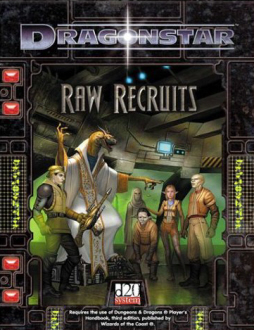 D&D in space. It’s an idea that has been around for a long while in the form of TSR/WotC’s Spelljammer.
D&D in space. It’s an idea that has been around for a long while in the form of TSR/WotC’s Spelljammer.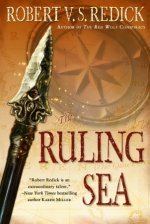 I’m on vacation, but for the one or two (and I’m probably overestimating) of you whose Saturday is not complete without something from me in this space, you can read my
I’m on vacation, but for the one or two (and I’m probably overestimating) of you whose Saturday is not complete without something from me in this space, you can read my 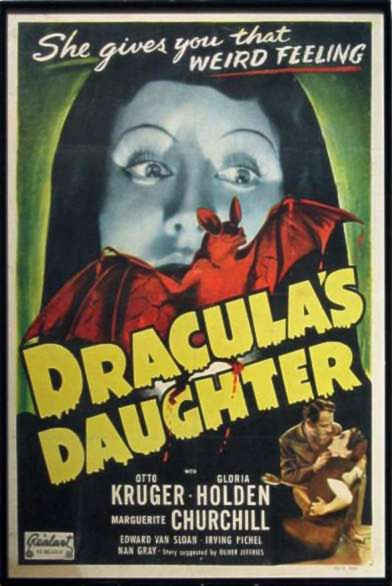
 Warning: This essay contains some spoilers.
Warning: This essay contains some spoilers.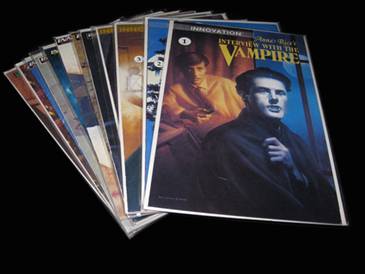 Has anyone ever asked what you would grab out of your house if it was on fire and you could only make one trip? Or maybe the question was, if you knew you were going to be stranded on a deserted island, what would you take with you?
Has anyone ever asked what you would grab out of your house if it was on fire and you could only make one trip? Or maybe the question was, if you knew you were going to be stranded on a deserted island, what would you take with you?
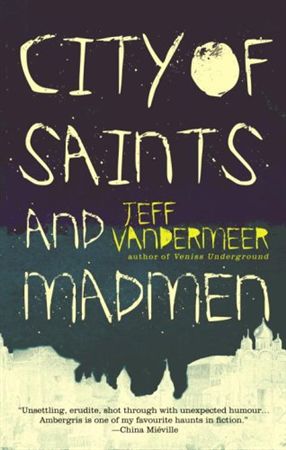 There sat a book that drew my hand toward its spine, and before I realized what I was doing, I was looking at the cover to CITY OF SAINTS AND MADMEN. Something in the back of my mind rose (squid-like) to the surface. I read the comments on the back of the book, and on the first few pages. There was something here…something I’d been looking for. To my amusement, the book itself validated my thought seconds later as I read the quote from Mr. Moorcock: “It’s what you’ve been looking for.”
There sat a book that drew my hand toward its spine, and before I realized what I was doing, I was looking at the cover to CITY OF SAINTS AND MADMEN. Something in the back of my mind rose (squid-like) to the surface. I read the comments on the back of the book, and on the first few pages. There was something here…something I’d been looking for. To my amusement, the book itself validated my thought seconds later as I read the quote from Mr. Moorcock: “It’s what you’ve been looking for.”